In today’s competitive business environment, organizations are constantly seeking ways to streamline operations and reduce operational costs. Archibus, a leading integrated workplace management system (IWMS), offers robust tools that can help businesses achieve these goals through improved facility management and operational efficiency. Here’s how Archibus can be leveraged to cut costs and enhance organizational performance.
1. Optimized Space Utilization
One of the most significant expenses for any organization is real estate. Archibus provides comprehensive space management solutions that help businesses use their office space more efficiently. By analyzing usage data, Archibus can identify underutilized areas, allowing companies to consolidate space and reduce the amount of leased or owned property. This not only cuts down on rental costs but also reduces utility and maintenance expenses associated with larger spaces.
2. Strategic Asset Management
Maintaining assets can be costly, especially without a strategic plan in place. Archibus helps organizations manage their physical assets more effectively by tracking their lifecycle from acquisition to disposal. With detailed insights into asset conditions and performance, companies can schedule preventive maintenance to avoid costly repairs and extend asset longevity. This proactive approach minimizes downtime and reduces expenditure on new equipment.
3. Energy Management
Energy consumption is another area where Archibus excels to reduce operational costs. The software includes tools for monitoring and managing energy use across all facilities. By identifying patterns and areas of high energy usage, Archibus enables organizations to implement energy-saving measures, such as optimizing HVAC systems or shifting to energy-efficient lighting. These changes not only lower energy bills but also contribute to sustainability goals.
4. Automated Workflows and Processes
Manual processes are often time-consuming and prone to errors. Archibus automates key workflows related to facility management, such as work order processing, lease administration, and compliance reporting. Automation speeds up operations, reduces labor costs, and improves accuracy, freeing up staff to focus on more strategic tasks that add value to the business.
5. Compliance and Risk Management
Failing to comply with regulations can result in hefty fines and reputational damage. Archibus helps ensure that organizations meet all relevant compliance requirements related to facility management and safety. The system can alert managers about upcoming inspections or necessary certifications, significantly reducing the risk of non-compliance and associated costs.
6. Enhanced Decision Making
Finally, Archibus provides powerful analytics and reporting tools that offer deep insights into every aspect of facility management. With access to real-time data and trends, decision-makers can identify cost-saving opportunities quickly and make informed choices that align with the company’s financial goals.
By implementing Archibus, organizations can enjoy a range of benefits that directly translate into cost savings and increased efficiency. From optimizing space usage to enhancing asset management and reducing energy costs, Archibus provides a comprehensive suite of tools designed to help businesses thrive while keeping operational costs in check. Investing in such an IWMS solution not only supports short-term financial goals but also positions companies for long-term success in an ever-evolving market landscape.
About IMS Consulting
For more than a decade, IMS Consulting has delivered the full scope of Archibus-related services to both government and commercial clients. As a Virginia Certified Small Business, IMS Consulting provides our clients with personalized attention by experienced Archibus-certified consultants. Our experts work with our clients to thoroughly understand how they do business, identify their unique needs, pinpoint opportunities to better manage their infrastructure, employ more efficient work processes, and make smarter capital budgeting decisions—both today and over the long term.
IMS Consulting specializes in the implementation of Archibus, the #1 real estate, infrastructure & facilities management solution in the world. Archibus is the global leader in streamlining how you manage your real estate, infrastructure, and facilities. Centralize your data, planning, and operations onto one seamless platform backed by 35 years of innovation and the world’s largest support network. Reduce costs, enhance sustainability, and create a better workplace by transforming how you connect with people, places, and processes.



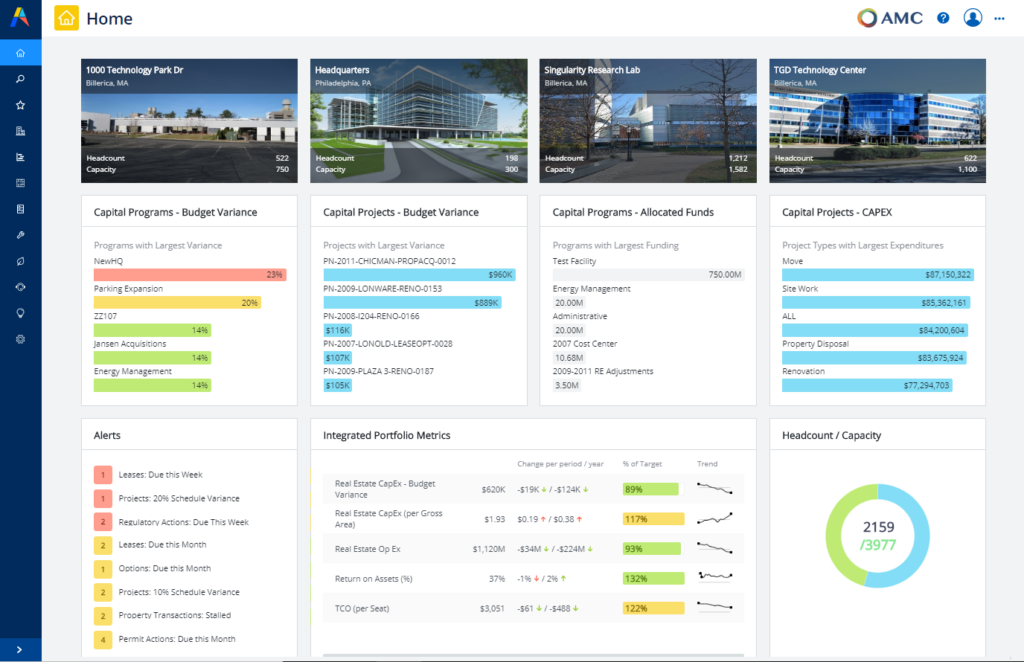
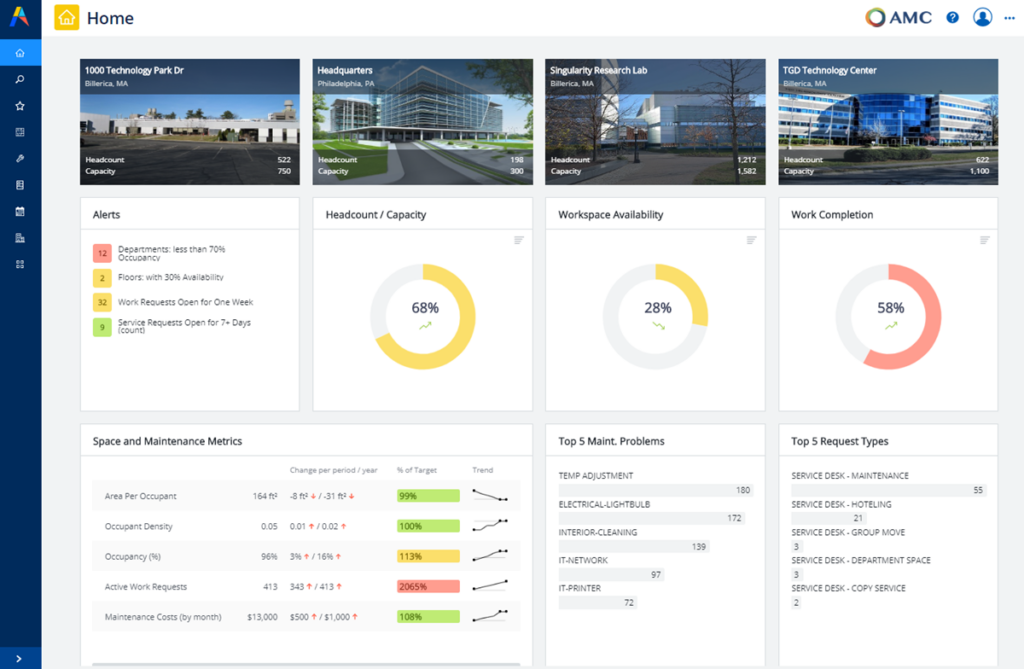
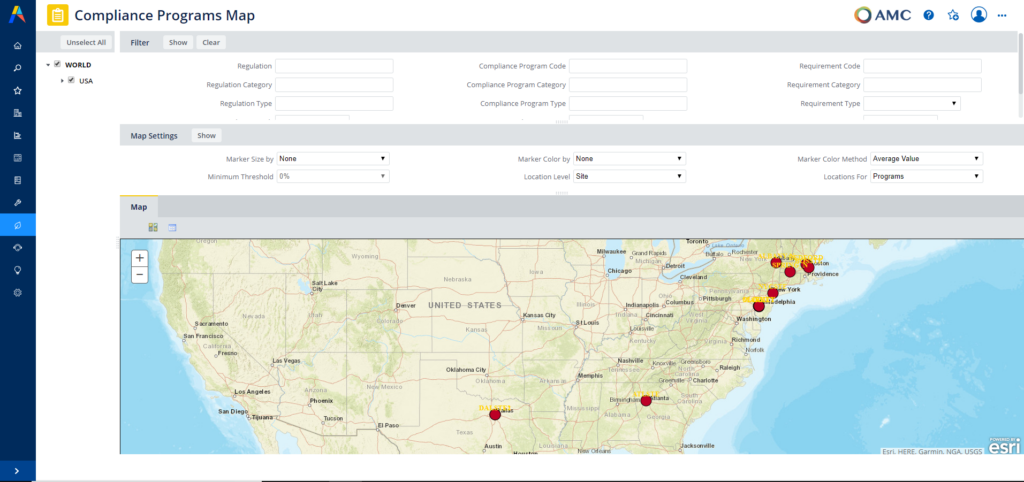 Staying on top of compliance is a complex but essential task for any organization. Archibus offers a robust IWMS solution that eases the burden of compliance management through centralization, automation, and integration. By leveraging Archibus, organizations can not only avoid the pitfalls of non-compliance but also drive operational efficiency and foster a culture of continuous improvement.
Staying on top of compliance is a complex but essential task for any organization. Archibus offers a robust IWMS solution that eases the burden of compliance management through centralization, automation, and integration. By leveraging Archibus, organizations can not only avoid the pitfalls of non-compliance but also drive operational efficiency and foster a culture of continuous improvement.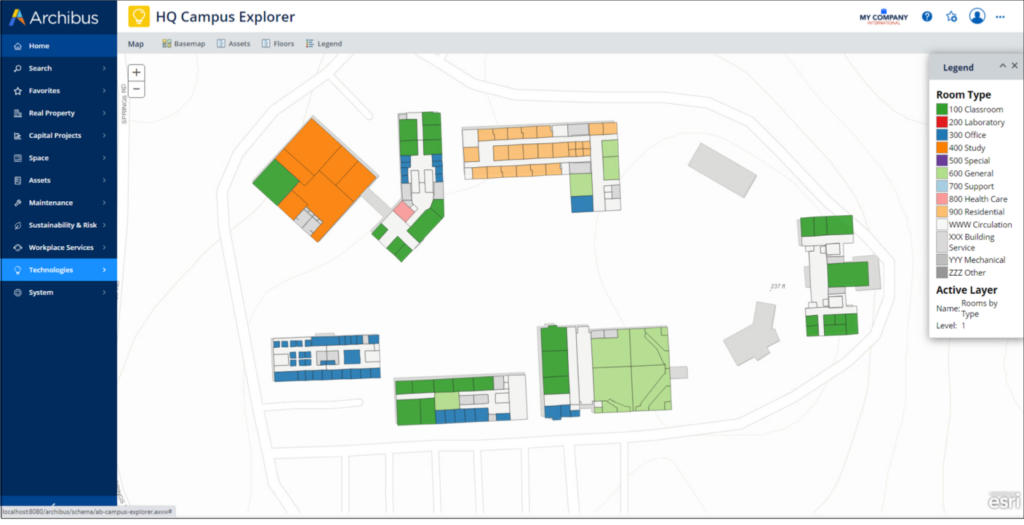 Use Cases: Several practical applications highlight the value of integrating Esri with Archibus:
Use Cases: Several practical applications highlight the value of integrating Esri with Archibus: Implementing Archibus Analytics for Operational Excellence
Implementing Archibus Analytics for Operational Excellence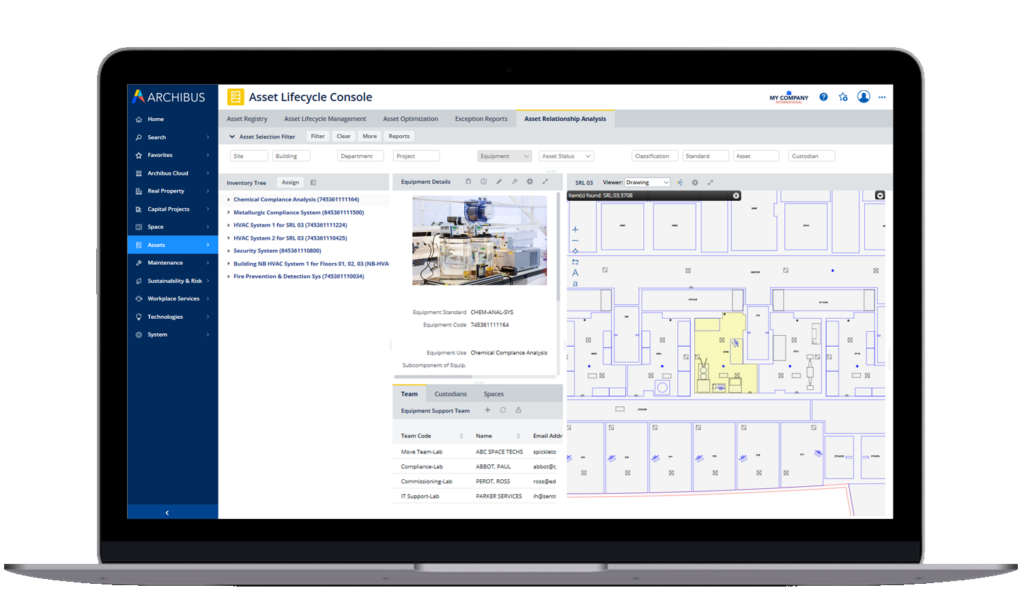 Emerging Trends in IWMS:
Emerging Trends in IWMS: Why Choose Archibus? Choosing Archibus means selecting a partner that understands the complexities of facilities management. It’s not just about having a tool; it’s about having the right tool—one that grows with your organization, adapts to your changing needs, and drives efficiency at every turn.
Why Choose Archibus? Choosing Archibus means selecting a partner that understands the complexities of facilities management. It’s not just about having a tool; it’s about having the right tool—one that grows with your organization, adapts to your changing needs, and drives efficiency at every turn.